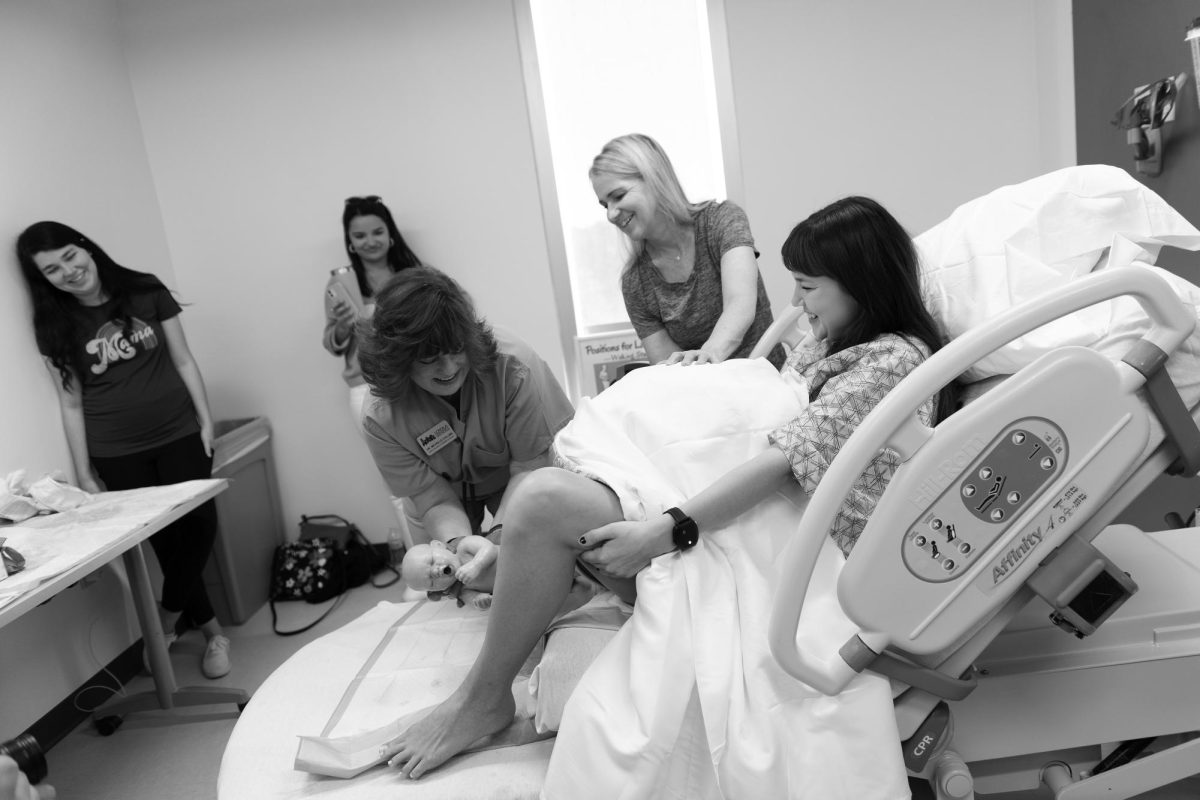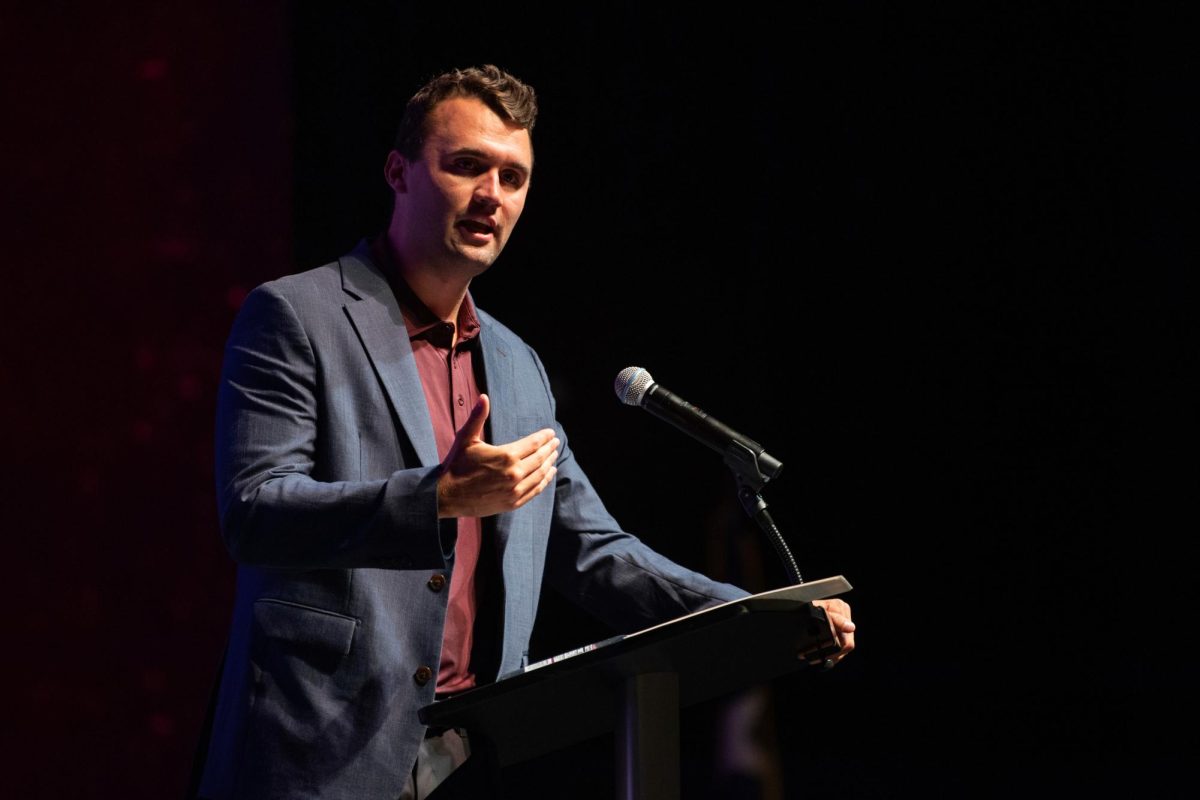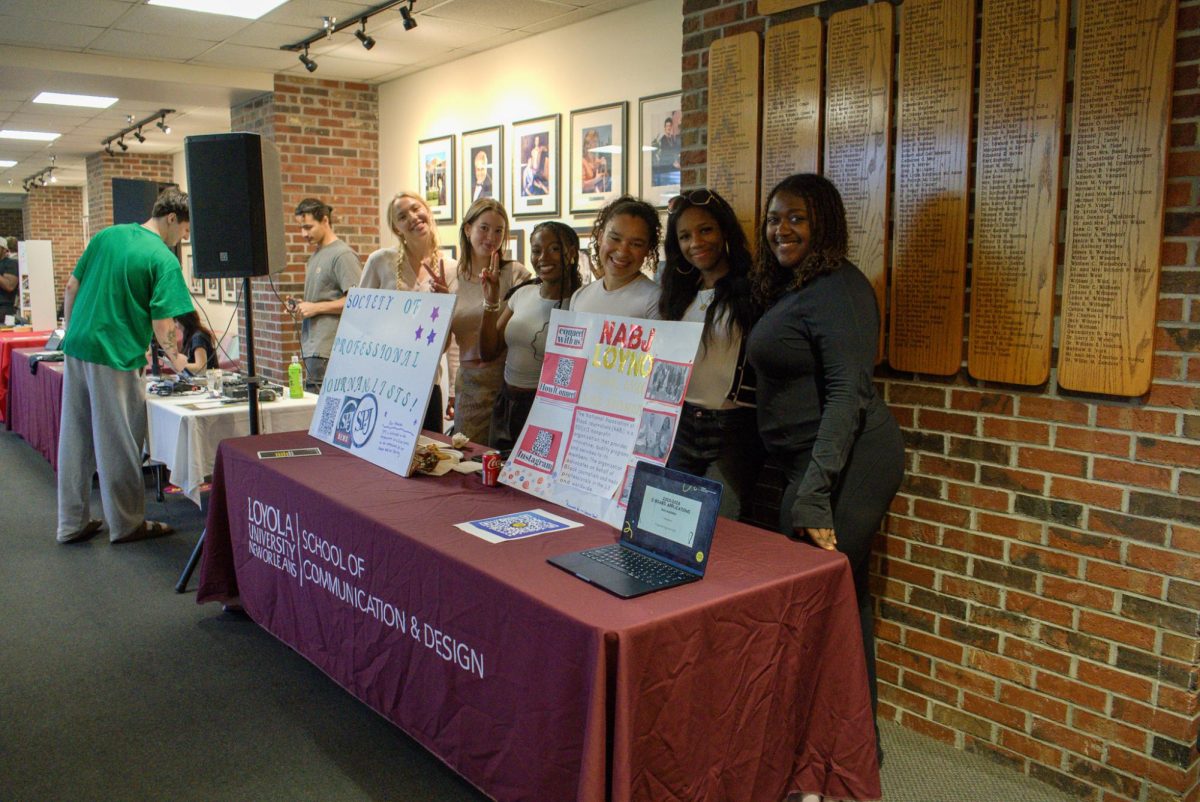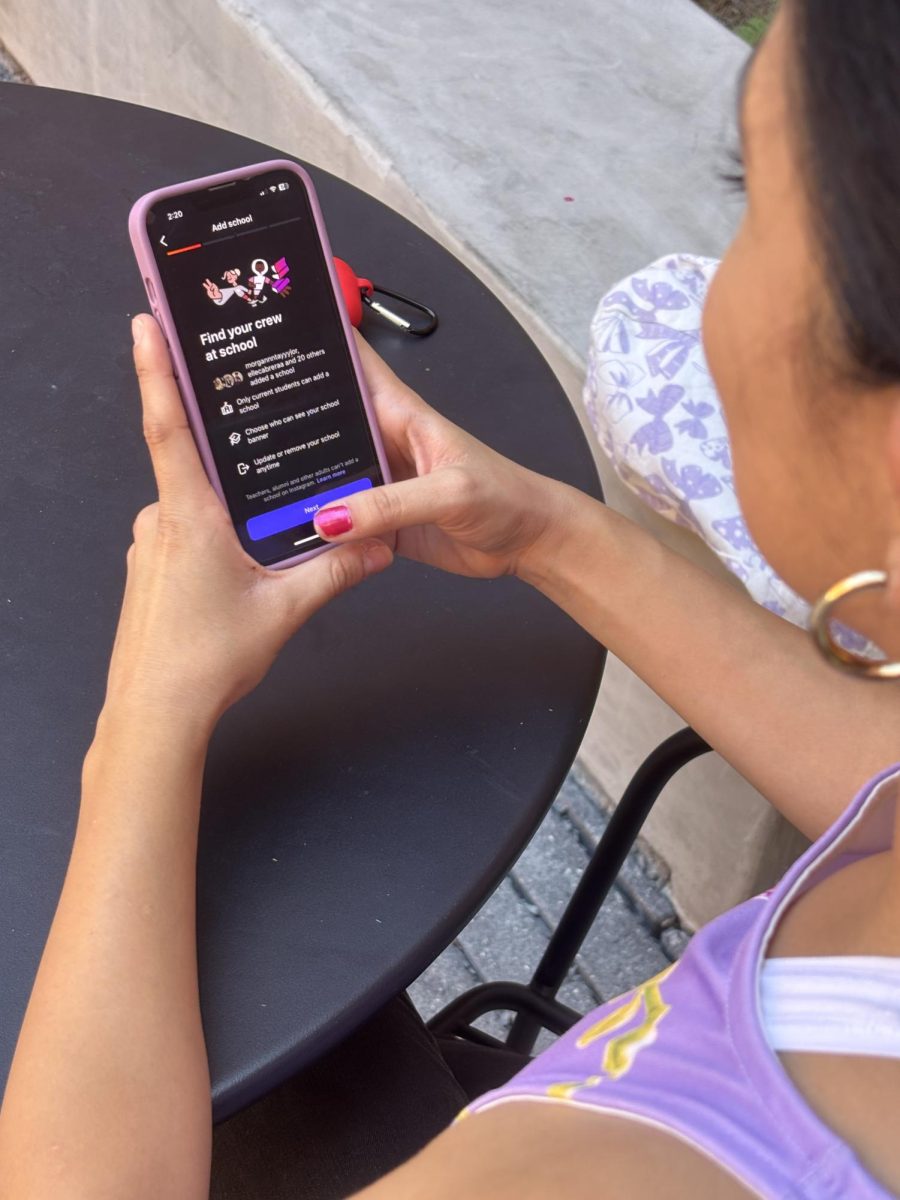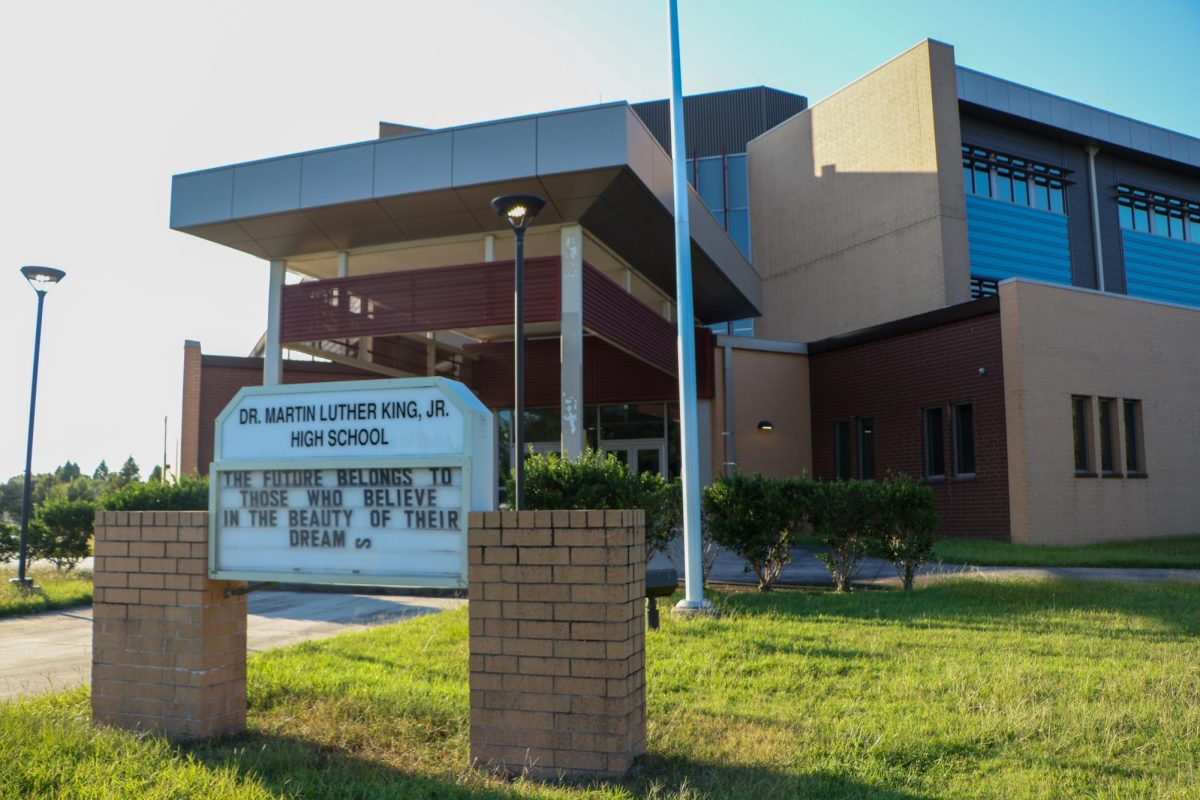Loyola’s nurse-midwifery program is training nurse-midwives, which are advanced-practice registered nurses, to address maternal and infant mortality rates in our community.
According to the Centers for Disease Control and Prevention, the United States has seen a general growth in maternal mortality rates while Louisiana has the fifth highest infant mortality rate in the nation, according to the Kaiser Family Foundation. The CDC shows these rates are even worse for women and children of color.
Nurse-midwives have a background in providing health care, but work in a specific area of care. Though nurse-midwives are mostly associated with birth, they are able to provide primary and gynecological care to women throughout their adult lives. They provide screenings for sexually transmitted infections, pap smears, contraceptive care, and abnormal reproductive care.
Jamie Palaez, director of the nurse-midwifery program at Loyola, is a doctor in nursing practice, but to her patients, she is “Jamie the midwife.”
She thinks that midwifery could be a solution to Louisiana’s maternal mortality rate.
“When you look at all of the states with the highest maternal mortality rates, they are the ones with the lowest rates of practicing nurse-midwives,” Palaez said.
Palaez believes many cases of maternal death result from communication errors that could be easily avoided. “Within the medical model there are so many patients, everything is rushed, there’s a lot of intervention,” she said.
In her medical experience Palaez sees that caring for patients becomes boxes that must be ticked off. Pregnancy is treated as an opportunity for things to go wrong.
“We create harm when we treat every patient like they are high-risk,” Palaez said.
Comparatively, Palaez says the model of care for midwives is patient-centered and provides individualized care. It is rooted in respect for birth and patient autonomy. While nurse-midwives monitor for any complications, they recognize pregnancy and childbirth as a natural condition and something that women should have a say over.
“Our job as a midwife is to take the information, the knowledge that we have and translate it for our patients,” Palaez said.
The midwife model is centered on the belief that people have the right to make health care decisions for themselves based on their values, needs, and as Palaez says, “not pretending that we know best.”
Palaez said the job of a nurse-midwife is to “give [their patients] the information and give them the power to make a decision for themselves.”
She believes a lack of midwives and therefore a lack of knowledge of what they do has caused the Southeast to fall behind in maternal care. Though most of the world uses midwives, a large majority of the nation (particularly the South) struggles to recognize midwifery.
Palaez said that in early American history “midwives delivered all the babies, and it wasn’t until the profession of physicians became more organized and wanted more patients – it was fairly revenue driven – that they decided to push out the practice of midwifery deliberately.” She sees this as having a lasting effect on the rates of midwives across the country.
To Palaez midwifery is a possible solution to maternal deserts, rural areas where women cannot receive proper care due to a lack of providers, as midwives can provide at home care.
“The biggest challenge is legislation” she says, “the requirement [that midwives] be overseen by a physician is a burden to reaching rural communities.” This means that nurse-midwives are most common in metropolitan areas and usually work within large hospitals. In these hospital systems they can provide care alongside physicians and accept insurance.
The maternal mortality rate is a pressing issue in Louisiana and programs such as Loyola’s seek to provide care that will decrease this rate. Nurse-midwives protect patients by listening to and communicating with them.
“When we shift that power back to patients, they make the best decisions for themselves,” Palaez said.


